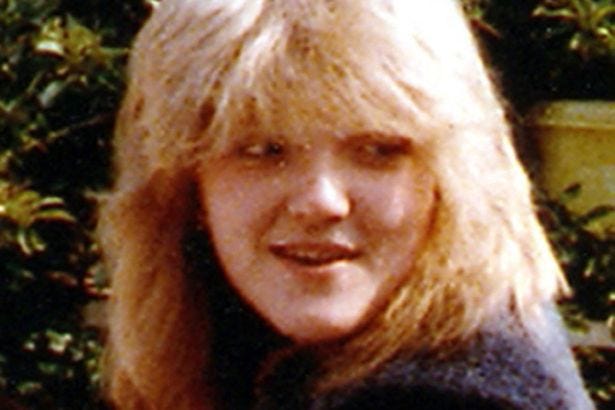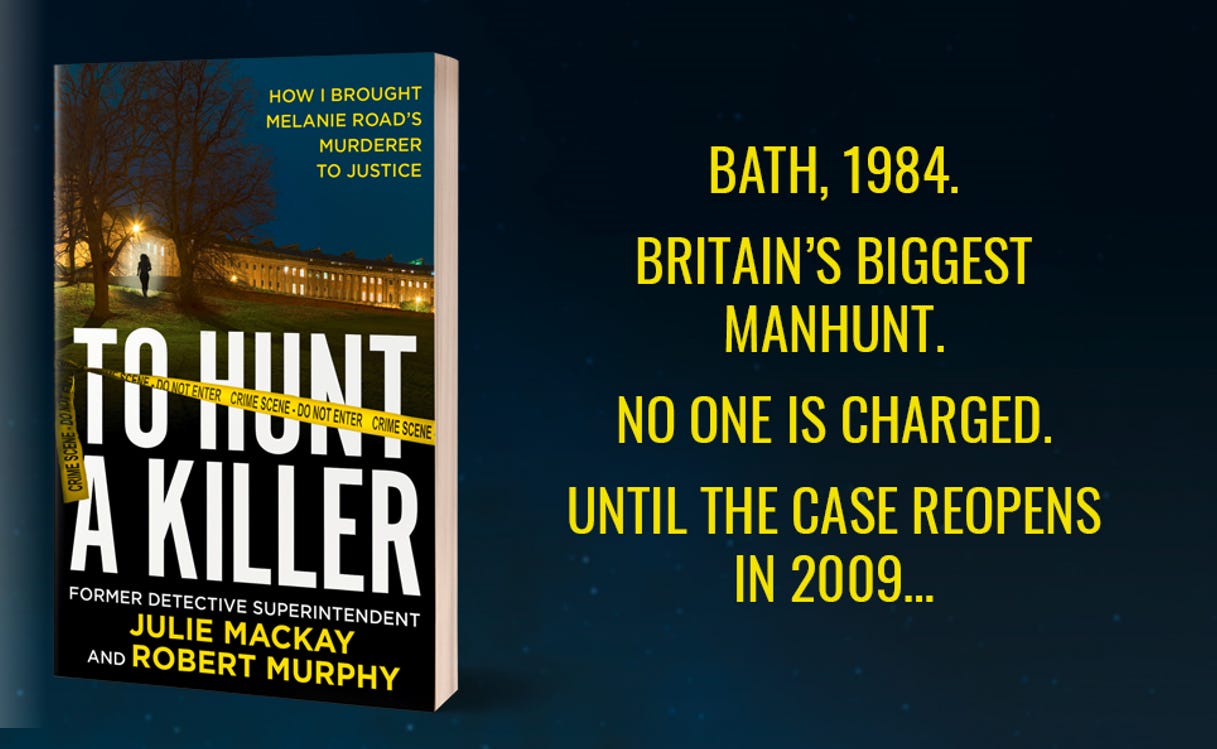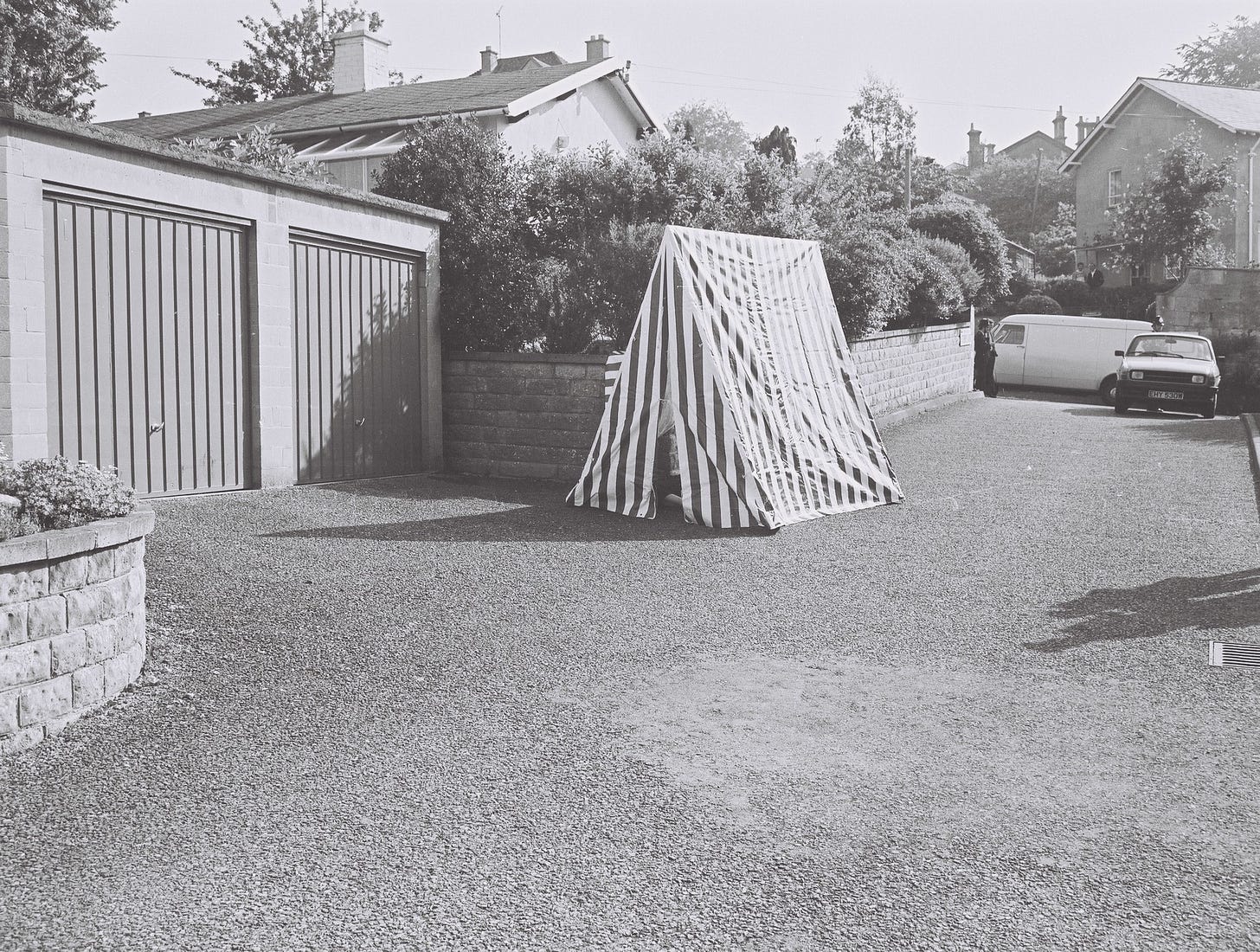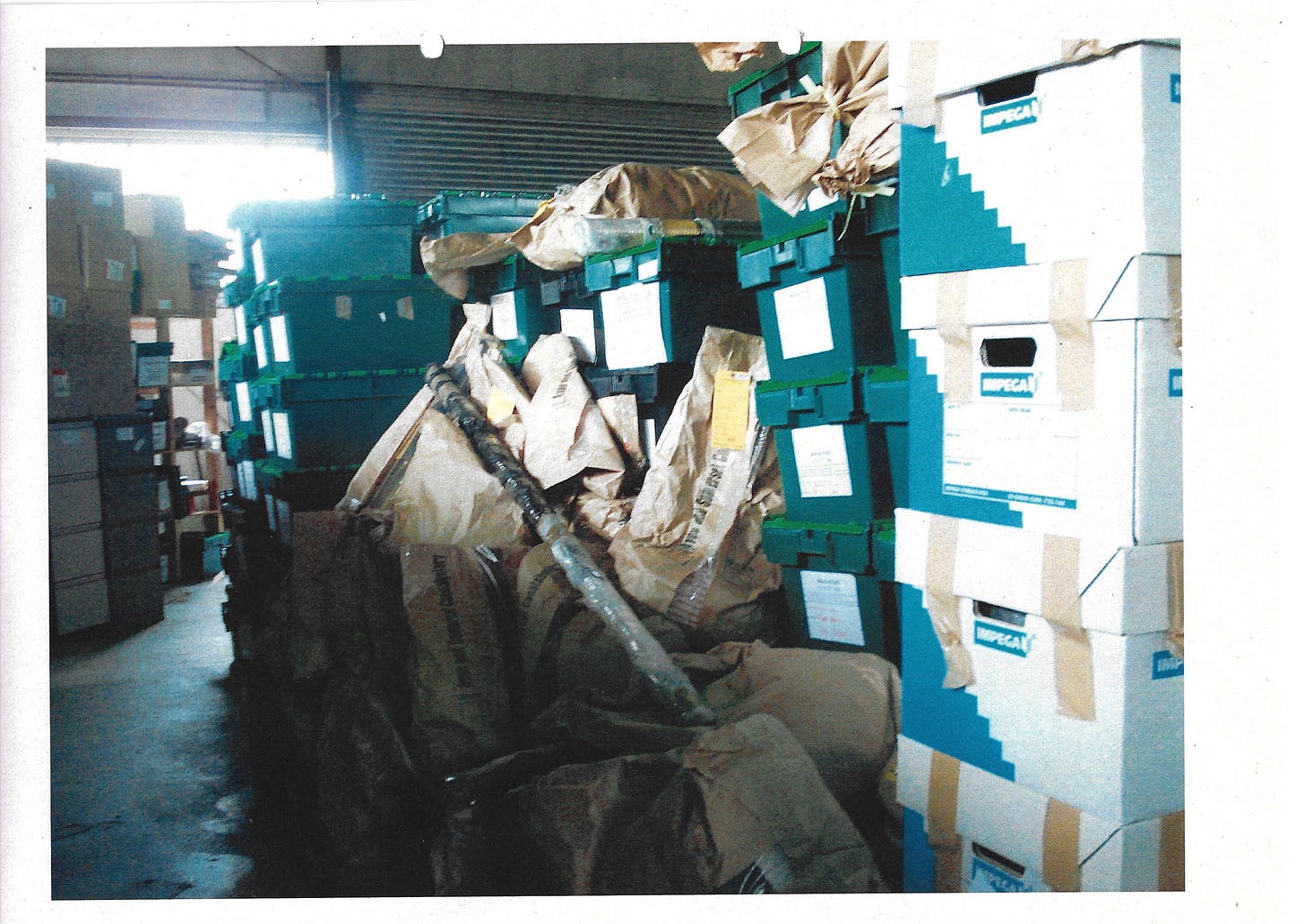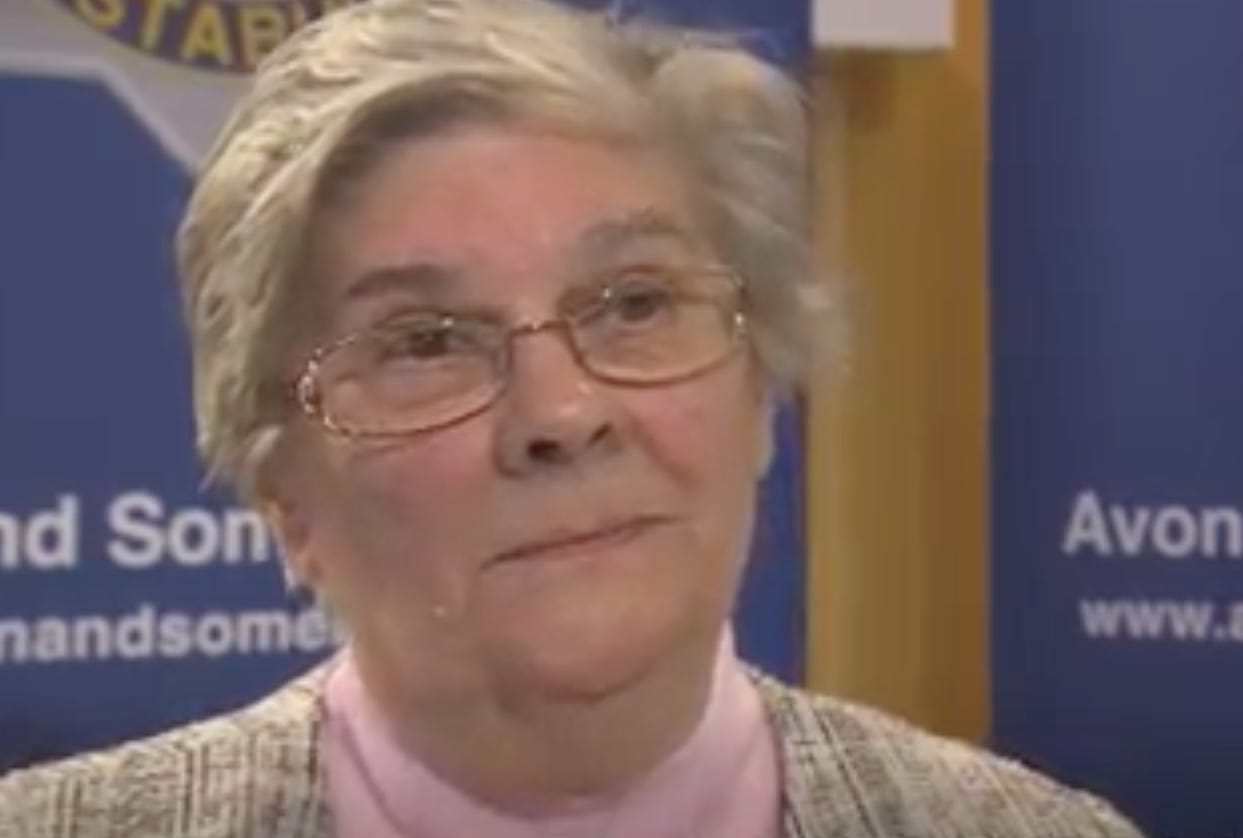To Hunt A Killer: Conversation with cold case detective
In June 1984, 17 year old Melanie Road was murdered. In 2009, Det Sgt Julie Mackay took on the cold case. How did she solve it? And how did Julie's friendship with Melanie's mother motivate her?
In 1984, it was one of Britain’s biggest manhunts.
But by 2009 the unsolved murder of 17 year old Melanie Road had bemused and taunted generations of detectives.
It had become a ‘cold case.’
Det Sgt Julie Mackay had just transferred to Avon & Somerset Police’s Major Crime Review Team.
It would take Julie a further seven years to find Melanie’s killer - who had been living in plain sight, just a few miles from the murder scene.
Julie and I have written ‘To Hunt a Killer’ - her memoirs of how she and her team solved the case.
We won the True Crime Awards’ ‘Best New Author’ award in 2023 - and were shortlisted for a CWA Gold Dagger Award.
WATCH: Rob Murphy interviews Julie Mackay about how she solved the cold case of Melanie Road
But the book is bigger than a simple true crime story of how to find a killer from the past.
It’s about the toll being a murder detective can take on a lead officer. And about the unique friendship Julie built with Melanie’s mother.
Melanie Road
Melanie Road was a popular, high-achieving 17-year-old schoolgirl who was on her way home from a nightclub in the city of Bath, Somerset in the early hours of June 9th 1984.
She didn’t return home.
A milkman’s son found Melanie’s body 200 yards from her house.
A trail of blood led from the scene - the killer’s blood.
Ninety six men were arrested over the following months, but none of the suspects had the same rare blood type which matched the trail.
After a year, the inquiry was stopped. There were periodic reviews over the years, but none came close to finding Melanie’s killer.
Then after Julie started leading the inquiry, and after 25 years had passed, a witness, Ben, came forward.
He said he had tried to contact the police a couple of times, but detectives had never followed up his call.
Ben said he’d seen Melanie with her killer in the moments before her murder, then he saw the same man running away.
He drew this sketch of the man he had seen.
But he gave more details, he had seen the man before in Bath - he was local. This helped Julie and her team to narrow their search.
She had already started organising the vast mountain of paperwork which had been kept in Avon & Somerset’s Bourneville storage unit.
Julie applied for funding for a ‘familial DNA’ review. If Melanie’s killer was not on the National DNA database, then perhaps a family member with similar DNA might be - and that could lead her to the murderer’s door.
Over the years, Julie and her team took mouth swabs from thousands of people, hoping to find a match.
In the meantime, Julie had brought the Melanie Road case - known as Operation Rhodium - to the murder squad to which she had been promoted.
And persuading teams of murder detectives to be interested in her cold case was proving so difficult she devised a ‘Suspect of the Month’ game to motivate them.
Meanwhile, Julie was struggling out of work. Her relationship with her then partner was failing, she was effectively a single mother and she was not getting the kinds of promotions she deserved.
Often she found solace in her friendship with Jean Road - Melanie’s mother.
Julie would help Jean with her shopping, mow her lawn, even sometimes do Jean’s ironing. Jean would help Julie with words of comfort and support.
The breakthrough happened in 2015.
This led to a Prime Suspect who had been living just a few miles from the murder scene. A man who had continued living his life for 31 years as if the murder had never happened.
And the case culminated in a courtroom confrontation between Jean Road and her daughter’s killer.
You can get copies of To Hunt A Killer here in the USA and here in the UK.



